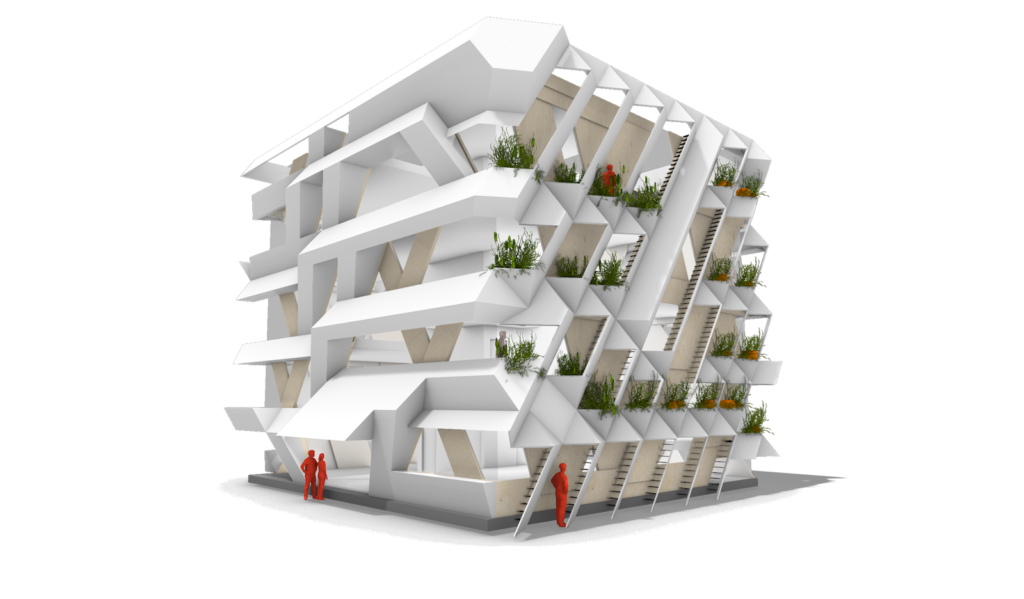The expiration of a building’s service life does not mean the building has exhausted itself, say Simo Ilomets and Anni Martin. They see the renovation of Estonia’s ageing housing stock and the reuse of building material as a technical as well as a creative challenge where architects’ involvement is essential.
There are several unique historical architectural layers in Tallinn with the short period of wooden apartment buildings constructed in 1870–1920 standing out as one of the most distinctive spans. The most captivating of the standardised projects of the time is the Lender building named after the engineer and mayor of Tallinn.1 It is an adjustable pattern-building: mostly a two-storey wooden apartment complex with a generous degree of flexibility in layout and volume thus allowing the construction of bespoke houses.
This issue of Maja takes the call for a moratorium on all new construction as its starting point.
So far, residential renovation has mainly targeted single buildings, but the idea of area-based renovation is becoming increasingly widespread.
ARCHITECTURE AWARDS








